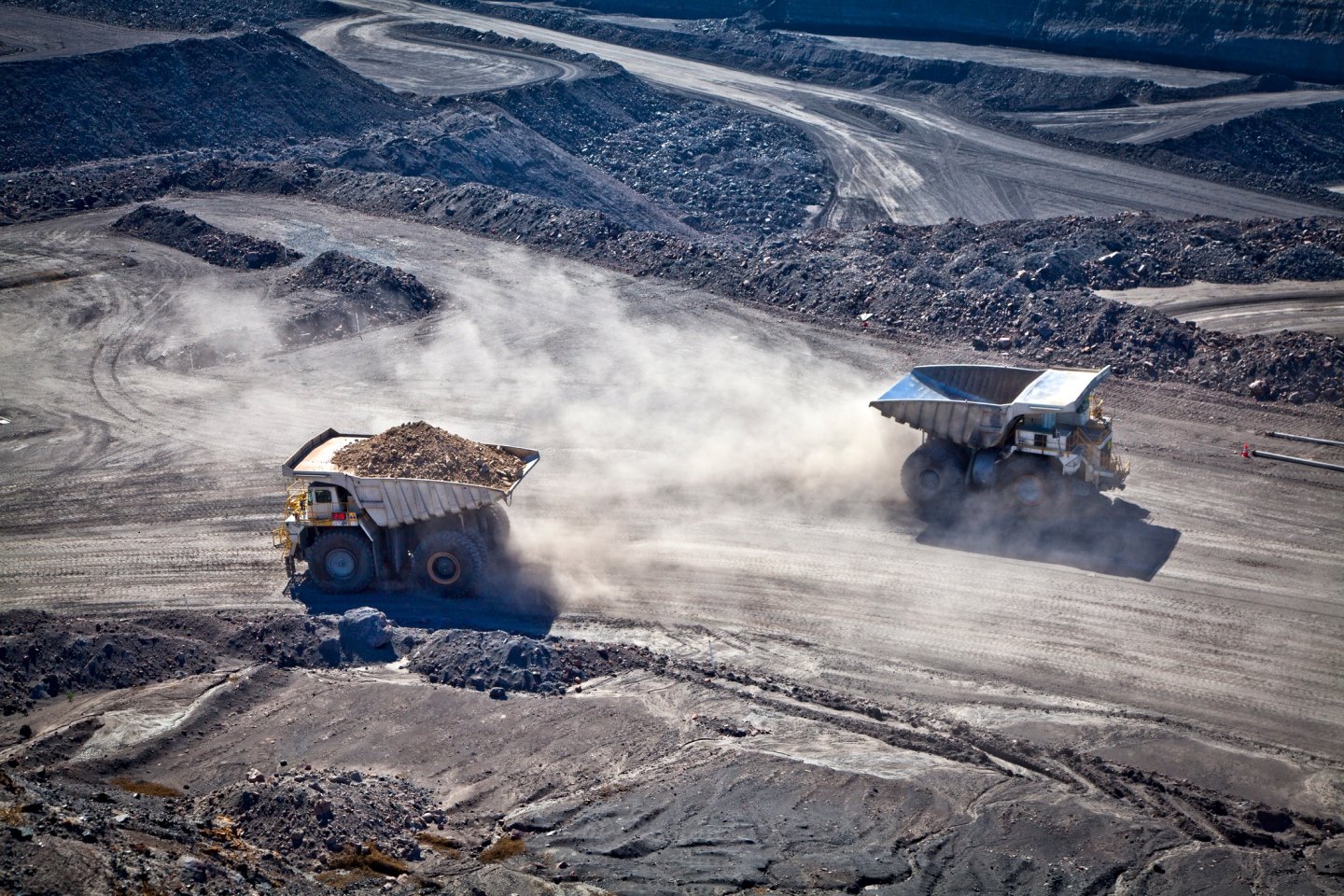Multi-Asset Funds
The Multi-Asset funds performed well, outperforming their respective benchmarks across the board. High Growth and Balanced Funds (Wholesale) posted the highest absolute returns – 14.4% and 11.8% respectively (net of fees).
The period was a strong one for equity markets, with developed and some emerging markets performing well also.
The strength of equities could have been surprising given the elevated starting point, combined with the number of risk events in the last 12-months, particularly regarding the ongoing round of tariff disputes and heightened conflict in the Middle East.
However, markets are proving to be more resilient in the post-pandemic world than in the past. Shocks from sources as diverse as US regional banks to wars in the Middle East have tended not to propagate into wider asset markets over the last few years. It is notable that even the sharp equity market drawdown in early 2025, with the S&P500 falling more than 20% from prior highs, had largely reversed within a month, and the market subsequently went on to make new highs in June.
Equity markets drove the majority the Funds’ gains, and our systematic equities strategy performed particularly well. In a year marked by significant volatility, this serves to demonstrate that an ethical approach, focused on investments that reduce harm and benefit stakeholders in areas other than financial returns, can also deliver strong performance.
Our domestic and global fixed income allocations both outperformed their own respective benchmarks. A combination of a more hesitant Federal Reserve and concerns about the US fiscal situation led Australian bonds to deliver stronger overall returns than the global benchmark, and active duration management combined with an overweight credit position added value.
Over the course of the year, we tactically managed our duration overweights, pivoting between Australian and global bonds depending on which offered better defensive characteristics at different points in time. Our defensive alternative exposures, including private credit, proved resilient during this turbulent period and continue to provide useful diversification to the overall portfolio.
Performance was tested at times with some risk events, including the sharp equity market falls post April’s US tariff announcements and the (short-lived) oil price rises during June. The portfolio’s diversification combined with use of tactical hedging positions in a variety of markets reduced drawdowns and left us well positioned to capture market rebounds.
Outlook for the funds
We expect the next year to be subject to ongoing uncertainty over global trade policy, combined with (and interacting with) rising geopolitical tensions. We have likely seen the extremes of restrictions imposed by US trade tariff announcements – since April’s “Liberation Day”, the tendency has been for actual outcomes to be scaled back from the original positions the Trump administration began negotiations with.
However, detail on the tariff deals remain limited, with much detail still to be worked out, and the lack of consistency from one month to the next is likely to weigh on sentiment, which is likely to continue to delay business investment, both in the US but also in major exporting nations. We expect that if this dynamic persists, we will eventually see a slowdown in hiring and this will impact on overall consumption. Similarly, tensions and outright conflict in a number of regions will continue to test both sentiment and supply chains.
We also enter this period with valuations on risk assets, while not aggressive, definitely at the more expensive side of long-term averages. These levels may ultimately be validated if earnings expectations do improve, and in any event, valuations alone are rarely a challenge for markets in the absence of catalysts.
Given this, we remain positioned with a defensive tilt, aiming to preserve capital in an uncertain environment so as to leave us able to take advantage of future opportunities as they arise. Broad diversification, across regions, sectors and asset classes will remain key to this, as will the tactical use of optionality where it can be accessed at attractive levels.
Given the valuation backdrop and the potential for ongoing volatility, individual asset selection, in both our active equities and private markets sleeves, will remain a focus. While the outlook for the next 12 months remains subject to volatility and event risks, the lesson from the past year has been that portfolio risks need to be managed with discipline, but the potential for capturing gains remains despite the disruptive global backdrop.
Multi-Asset Funds: Performance vs benchmark*
| Fund | Inception date | Since inception (% p.a.) | 5 years (% p.a.) | 3 years (% p.a.) | 1 year (%) | 3 months (%) |
|---|---|---|---|---|---|---|
|
Balanced
|
28/03/2018 |
7.8
|
8.0
|
9.9
|
11.8
|
5.2
|
|
High Growth SAA Weighted Benchmark^ |
13/01/2012 |
11.6
|
11.7
|
13.2
|
14.4
|
6.6
|
|
Moderate
|
30/10/2023 |
12.7
|
N/A
|
N/A
|
10.2
|
4.2
|
|
Conservative
|
20/11/2023 |
7.7
|
N/A
|
N/A
|
7.6
|
2.9
|
*All returns are net of fees for the Wholesale option. Find more information on these funds via the managed funds page including Retail performance. Past performance is not a reliable indicator of future performance.
^ Benchmark: SAA Weighted Index.
- Balanced Fund SAA Weighted Benchmark changed from Morningstar Multi-sector Balanced to SAA Weighted Benchmark from 1 Sep 2012. The historical benchmark returns are calculated by linking indices.
- High Growth SAA Weighted Benchmark changed from 75% S&P/ASX 200/25% MSCI World ex Australia to SAA Weighted Benchmark from 1 October 2021. Previously, benchmark changed from S&P ASX 200 to 75% S&P/ASX 200 Industrials/25% MSCI Global Climate from 29 August 2013, then to 75% S&P/ASX 200 Industrials/25% MSCI World ex Australia from 1 July 2016, then to 75% S&P/ASX 200/25% MSCI World ex Australia from 13 August 2019. The historical benchmark returns are calculated by linking indices.
Contributors and detractors
Top 3 asset classes
+18.6%
International Equity
+16.4%
Domestic Equity
+10.9%
Alternatives
Bottom 3 asset classes
-5.42%
Property
+4.69%
Cash
+5.9%
International Fixed IncomeContributors
-
International Equity – Global equity markets were notably robust in the face of a series of risk events, with market falls unable to be sustained. The fund benefited being underweight in tariff-impacted consumer sectors, and from overweight positions in financials and communication services.
-
Domestic Equity – Like international equities, domestic equities exhibited strong performance despite the headwinds of increased volatility. Being underweight the materials and energy sectors benefited the portfolio versus the broader market; both sectors generated negative returns despite the broad market strength. In contrast, our overweight positions in IT performed well.
-
Alternatives – The portfolio benefited from strong performance, predominantly from domestic and global infrastructure investments and global growth equity investments, alongside a number of announced asset realisations within underlying holdings.
Detractors
-
Property – Negative returns in this asset class were predominantly driven by the office sector, which experienced challenges with softening valuation metrics over the period, a reflection of elevated vacancy levels. Some healthcare holdings also delivered poor results. However, our underweight position to the asset class limited the overall impact on the fund.

The fund benefited being underweight in tariff-impacted consumer sectors, and from overweight positions in financials and communication services.
Portfolio changes
Additions to the Funds
-
Credit – The funds modestly increased exposure to higher yielding international and domestic credit. While credit spreads remain tight relative to long-term history, all-in total yields are reasonably attractive and provide a degree of diversification relative to further allocation of capital into developed market equities.
-
Asian Equities – The funds added further to the existing modest allocation, taking advantage of increased diversification and more attractive valuation than most developed markets.
-
Alternatives – Over the quarter the funds allocated capital to a green energy and climate opportunities fund, that provides diversified geographic exposure to renewable energy sectors such as wind, solar, and battery storage. In addition, the fund invested in a fleet electrification solutions platform in India to support the reduction in tailpipe emissions in the transport sector that is jointly funded by the United Nations Green Climate Fund.
Reductions from the Funds
-
European Carbon – We reduced our holding in European Carbon allowances. While we remain of the view that the price of EU carbon allowances will trend upwards over the long term, strong performance since the April price low combined with ongoing discussions regarding the future structure of the European carbon market indicated that taking some profit was prudent.
Being underweight the materials and energy sectors benefited the portfolio versus the broader market; both sectors generated negative returns despite the broad market strength.
Markets are proving to be more resilient in the post-pandemic world than in the past. Shocks from sources as diverse as US regional banks to wars in the Middle East have tended not to propagate into wider asset markets over the last few years.
Interests in Australian Ethical Managed Funds are issued by Australian Ethical Investment Ltd (ABN 47 003 188 930, AFSL 229949) the Responsible Entity of the Australian Ethical Managed Funds. The information is of a general nature and is not intended to provide you with financial advice or take into account your personal objectives, financial situation or needs. Before acting on the information, consider its appropriateness to your circumstances and read the Financial Services Guide, relevant product disclosure statement (PDS) and Target Market Determination (TMD) available on our website. You may wish to seek financial advice from an authorised tax or financial adviser before making an investment decision. .
*Total returns are calculated using the sell (exit) price, net of management fees and gross of tax as if distributions of income have been reinvested at the actual distribution reinvestment price. The actual returns received by an investor will depend on the timing, buy and exit prices of individual transactions. Return of capital and the performance of your investment in the fund are not guaranteed. Past performance is not a reliable indicator of future performance. Figures showing a period of less than one year have not been adjusted to show an annual total return. Figures for periods of greater than one year are on a per annum compound basis. The current benchmark may not have been the benchmark over all periods shown in the above chart and tables. The calculation of the benchmark performance links the performance of previous benchmarks and the current benchmark over the relevant time periods.
This commentary may contain material provided by third parties derived from sources believed to be accurate at its issue date. While such material is published with necessary permission, Australian Ethical accepts no responsibility for the accuracy or completeness of, nor does it endorse any such third party material. To the maximum extent permitted by law, we intend by this notice to exclude liability for this third party material.
Investing ethically and sustainably means that the investment universe will generally be more limited than non-ethical, non-sustainable portfolios in similar asset classes. This means that the portfolio(s) may not have exposure to specific assets which over or underperform over the investment cycle, and so the returns and volatility of the portfolio(s) may be higher or lower than non-ethical, non-sustainable portfolios over all investment time frames.
The information contained in this document is believed to be accurate at the time of compilation.

